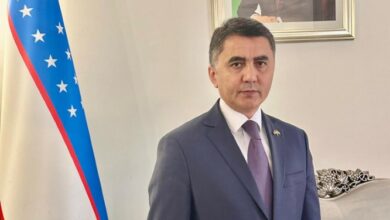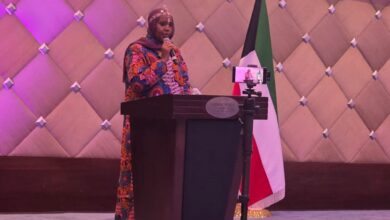
The U.S. military did not deploy its most powerful bunker-buster bomb, the GBU-57 Massive Ordnance Penetrator (MOP), on Iran’s Isfahan nuclear facility during the recent Operation Midnight Hammer due to the site’s extreme depth, which would have rendered the bomb ineffective.
This explanation was confirmed by Joint Chiefs of Staff Chairman Gen. Dan Caine during a classified briefing to senators. Isfahan is believed to house nearly 60% of Iran’s enriched uranium stockpile, which could be used to produce nuclear weapons.
Instead of bunker-busters, the Isfahan facility was targeted with Tomahawk cruise missiles launched from a U.S. submarine. In contrast, B-2 bombers dropped more than a dozen MOP bombs on Iran’s Fordow and Natanz nuclear sites, successfully destroying key infrastructure, reports international news agencies.

“Fordow was thought to be untouchable, but it has now been destroyed,” Gen. Caine told lawmakers, citing the demolition of six mountain ventilation shafts with precision strikes.
The classified briefing was conducted by Gen. Caine alongside Defense Secretary Pete Hegseth, Secretary of State Marco Rubio, and CIA Director John Ratcliffe.
According to U.S. intelligence, Isfahan and Fordow contain the bulk of Iran’s enriched uranium. CIA Director Ratcliffe and Senator Chris Murphy both acknowledged that some Iranian nuclear assets are now buried so deep they may be unreachable by conventional U.S. weapons.
A preliminary assessment by the Defense Intelligence Agency suggests the attacks have pushed back Iran’s nuclear program by several months. President Trump called the operation a major success, writing on Truth Social: “Fordow is gone. We have eliminated the key hub of Iran’s uranium enrichment.”
However, uncertainty remains over whether Iran relocated part of its uranium stockpile prior to the strikes. Secretary Hegseth said there’s no confirmed intelligence on such a transfer, but the situation is under review.
These revelations mark a significant escalation in U.S. military involvement against Iran’s nuclear infrastructure and underscore the growing regional tensions following deadly exchanges between Iran and Israel.












